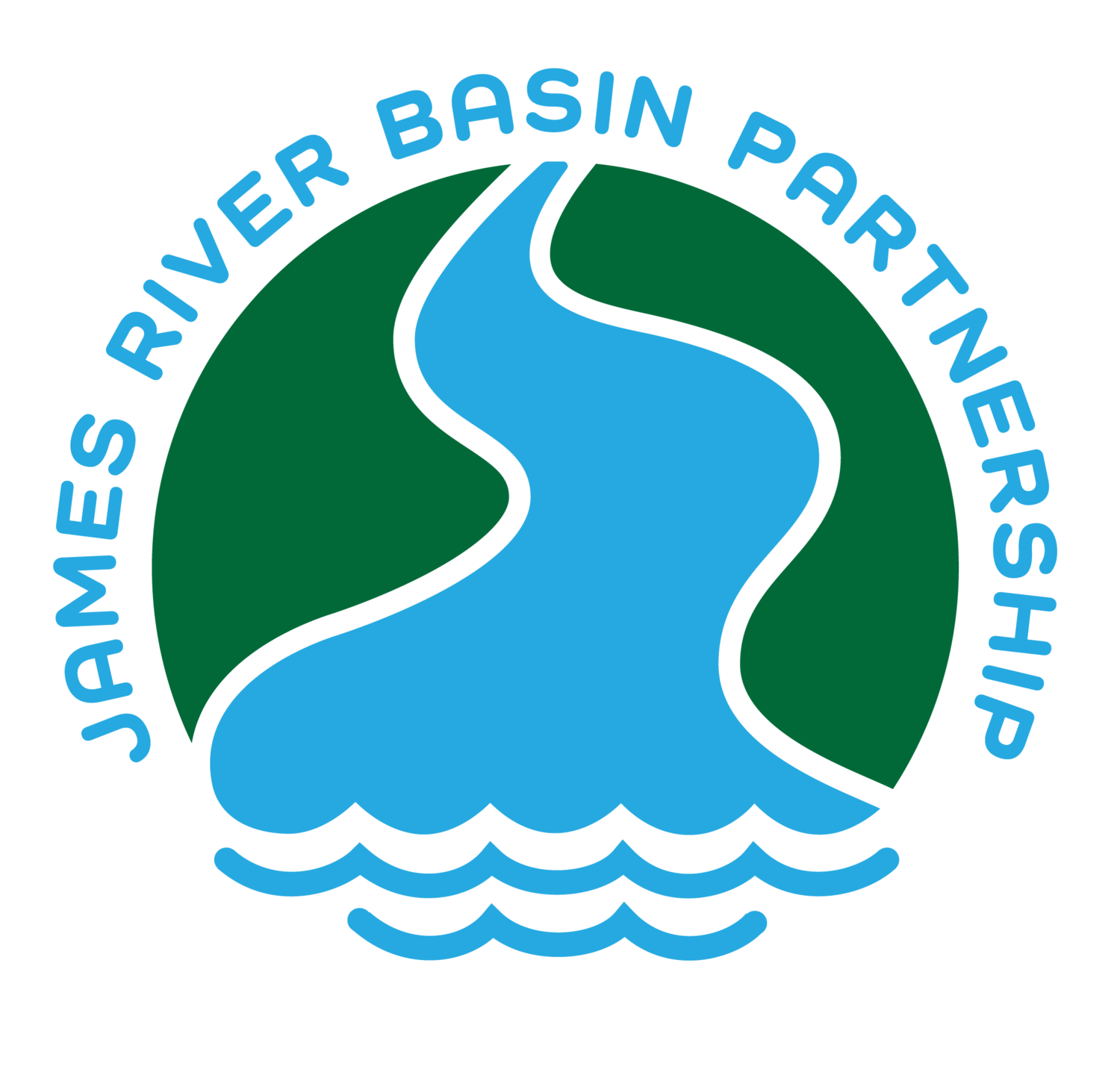Show-Me Less Plastics: A Call for Community Action
By Emily Young, Advocacy Outreach Coordinator, Stream Teams United
Did you know that most of the plastic reaching the ocean is carried there by rivers? The hard truth is that these plastics do not break down, they break up into smaller and smaller fragments, called micro- and nanoplastics. As a result, plastic has infiltrated every aspect of our lives. It is in the food we eat, the air we breathe, the soil that sustains us, and the water on which we depend. It is in clothing, children’s toys, vehicles and electronic devices, and chewing gum. It is in our organs and even in newborn infants. From the highest peak of Mt. Everest to the Mariana Trench, there is no place left untouched by plastic.
There is a growing body of scientific evidence about the impact of plastic on the environment and human health. Fish, birds, and wildlife are mistaking plastic as food and dying from nutritional deprivation. Plastics in soils decrease seed germination and inhibit plant growth, resulting in reduced crop yields. Micro- and nanoplastics and the chemicals within them have been associated with numerous negative human health effects, including cancer, infertility, endocrine disruption, cardiovascular disease, and neurological disorders. With such far-reaching consequences, it's worth asking—how did we get here?
It was not long ago that we lived in a world without such an abundance of plastic. In fact, in the 1950’s, there were only 2 million metric tons of plastic produced, compared to 460 million metric tons in 2019, and 40% of plastics produced are unnecessary single-use disposable items. Even more astonishing, 56% of all plastic has been produced since the turn of the 21st century. But it doesn’t stop there – the plastics industry projects that by 2050, at least 1.4 billion metric tons of plastic will be produced each year. That would fill Arrowhead Stadium almost 1,000 times! This exponential growth of plastic use has resulted in a parallel surge in plastic waste and insufficient infrastructure to manage it. Less than 10% of all plastic ever produced has been recycled. The remaining plastic waste is either landfilled, incinerated, or lost to the environment.
Continuing to produce and use plastic with no effective way to manage the waste is like using a teaspoon to remove water from an overflowing pool without first turning off the tap. It is time to turn off the plastic tap, and the good news is there are tangible actions that communities can take in the fight against plastic pollution. The Show-Me Less Plastic project aims to reduce plastic use and waste across Missouri through education and advocacy. This initiative is a collaborative effort between Stream Teams United, the Missouri River Bird Observatory, regional partners, and YOU!
We hope to increase awareness of the plastic pollution issue and inspire Missourians to become Beyond Plastics Local Groups or Affiliates. Beyond Plastics is a nationwide organization that works to end plastic pollution everywhere, and facilitates resources, tools, training, and support to a network of like-minded groups and affiliates in communities across the United States.
Ready to be part of the solution to plastic pollution in Missouri? Connect with the Show-Me Less Plastic team here. To learn more about the project and how to take action, check out the Show-Me Less Plastic website. Together, we can work toward a cleaner, healthier Great Rivers State for current and future generations of Missourians.
James River Basin Partnership is one of many regional partners working with Stream Teams United to create a systems level change for the reduction of plastic use and plastic pollution in the state of Missouri. This project is supported by Missouri Foundation for Health.



